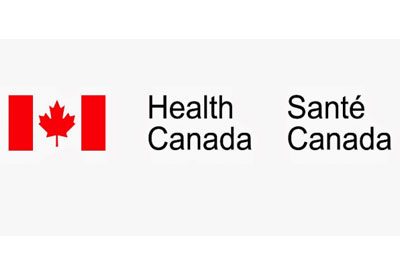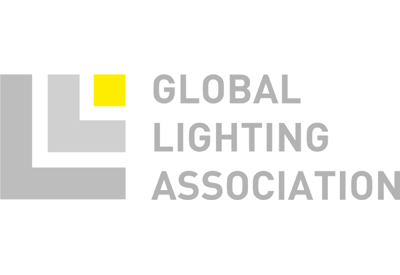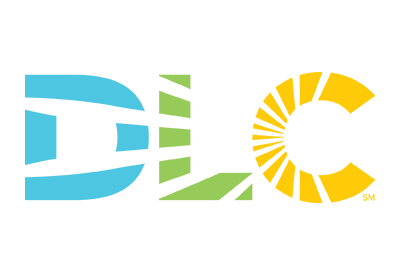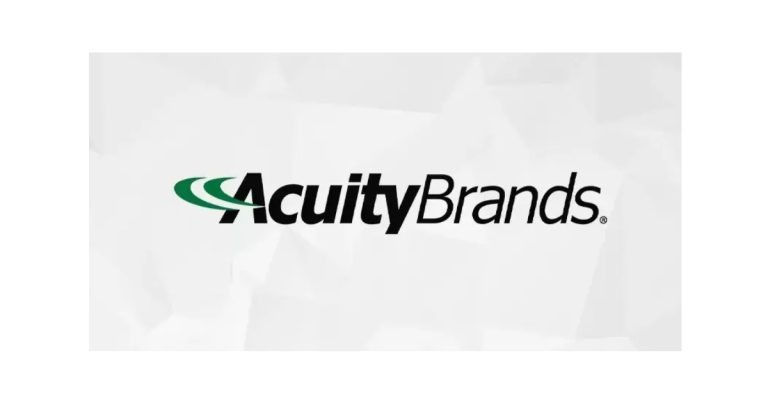Important Things to Know about Product Recalls

September 7, 2017
By: Editorial team
Generally, we all know what is entailed in a product recall, namely that there was something unsafe about the product or in some instances it has already resulted in injury or situations where an injury could have occurred. But what is the formal process for identifying a product that should be recalled, and what role does Health Canada and a firm recalling a product truly play?
In fact, there is rather stringent guidelines that are followed when a product has been identified as being potentially hazardous. First and foremost, almost all companies perform rigorous testing on their products before they ever hit a shelf, but unfortunately even rigorous testing does not catch every potentially hazardous product.
Once a product has hit the shelves it is often the consumers who initiate awareness that a product is hazardous by notifying the producer or location form which they acquired the product, a task that has become much easier with the extensive communication channels in place today.
However, companies do not typically issue an immediate recall based on consumer complaints. If a product has resulted in injury, injuries, or in the worst outcome death product recall is expedited.
Typically, before a recall the firm will gather, correlate and evaluate all available information on the nature and extent of the reputed health risk.
The firm must also notify the Health Protection Branch of Health Canada before or upon initiating a recall and provide details on the product, including:
- The name of the recalled product (model designation, serial number, code, lot number and any other identifying marks).
- Total quantity of the recalled product originally in their possession.
- The total quantity of the recalled product that has been distributed.
- Area of distribution (By province and country if exported).
- The quantity of the recalled product still in its possession.
- The reason for initiating the recall.
Once the Health Protection Branch has been notified of a product recall or potential recall they initiate their own evaluation of the potential health hazard presented by the product in question. The Health Protection Branch’s evaluation takes into consideration:
- Whether any disease or injuries have already occurred from use of the product
- Assessment of hazards posed to various segments of society that may be at a greater risk from the product (ie. children, patients, or employees that would work in proximity to the product on a regular basis)
- Assessment of the degree of seriousness of the health hazard
- Assessment of the likelihood of occurrence of the hazard
- Assessment of the consequences (immediate and long-term) of occurrence of the hazard.
The assessment is done in a systematic manner that is supported by scientific documents and statements, and the Health Protection Branch encourages recalling firms to contribute information to the evaluation performed by the Branch. Once the assessment has been completed the Health Protection Branch assigns a recall Class (ie. Class I (poses immediate danger), Class II, Class III) to indicate the relative degree of health hazard of the product.
After analysis, and a decision by the company to institute a recall a strategy must be put in place to ensure full awareness and tracking of the recall. The Health Protection Branch will provide scientific, technical and operational advice to aid the recalling firm in developing the recall strategy and will evaluate is effectiveness and potentially recommend changes if necessary.
The recall strategy is required to address several elements:
- Depth of Recall, dependent on degree of hazard and extent of distribution, but the strategy must specify the level in the distribution chain to which the recall is to extend (Consumer, retail, wholesale)
- Recall Communication, from the recalling company to affected accounts
- Public warning, reserved for Class I and occasionally Class II products that present serious health hazard. This is only issued in urgent situations. The assistant Deputy Minister makes the decision on whether a public recall announcement is mandatory and whether the Health Protection Branch will issue the warning directly.
- The strategy will outline the manner in which any public notification will be conducted (ie. General news, specialized news, etc.)
- Effectiveness checks, designed to measure and monitor the effectiveness of the recall depth specified in the recall strategy. The recalling firm is responsible for conducting the checks and recording the results as follows:
- Level A – 100% of the total number of consignees contacted
- Level B – Some percentage has been contacted, greater than 10% but less than 100%
- Level C – 10% or less
- Level D – No effectiveness checks
Upon completion of the strategy the recall communication which will be publicly distributed needs to be prepared, and must meet the following guidelines:
- Be brief and to the point
- Identify clearly the product, size, lot number(s), code(s), serial number(s), and any other information that will allow identification of the product
- Concisely explain the reason for the recall and the hazard involved
- Provide instruction on how to proceed with respect to recalled products
- Provide a means of communication for recipients of the recall to contact the issuing firm
The recall communication should not contain irrelevant qualifications, promotional material or any information that detracts from the intended message.
Health Canada recognizes that a recall can be disruptive to a firm’s operation. And it is easy as a consumer to think that if a company has undertaken a product recall that they provide faulty products. However, the manner in which a recall is undertaken can also leave consumers feeling confident that a company that performed the recall is doing so not only to protect themselves but also their customers. Health Canada notes that this disruption can be alleviated by a firm retaining accurate records and ensuring all products use sufficient coding to be certain of accurate and easy identification in the event of a product recall.
Source: Health Canada, Product Recall Procedures, https://www.canada.ca/en/health-canada/services/drugs-health-products/compliance-enforcement/recalls/product-recall-procedures.html













